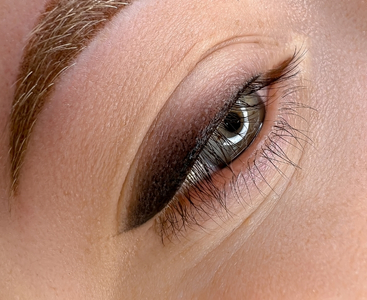DUPUTRENS DISEASE
Dupuytren’s Disease Treatment
Treatment of Dupuytren’s disease is performed to correct problems caused by Dupuytren’s contracture, which is a rare disease that affects the hands and fingers. Dupuytren’s disease is a rare hand deformity. It is usually progressive. For this reason, the symptoms that are mild at the beginning may affect the daily life of the person negatively and may completely prevent the use of the fingers. In patients with Dupuytren’s disease, the finger is bent towards the palm. The person cannot voluntarily straighten the fingers. For this reason, activities of daily living such as grasping, holding and writing objects may be negatively affected.
What is Dupuytren’s Disease?
This condition, also known as “Dupuytren’ s contracture” in the medical literature, is very rare. It is formed by permanent fixation of finger joints such as proximal interphalangeal and metacarpophalangeal joints in a flexible position. This protrusion, which starts to become evident on the skin of the palm and looks like a hardened nodule, creates a fibrotic tissue band in the area over time. As a result, the fingers begin to pull towards the palm and the person cannot move the fingers voluntarily.
What Are the Symptoms of Dupuytren’s Disease?
The main symptom of Dupuytren’ s disease is skin shrinkage and swelling in the palm area. Abnormal stiffness of the joints in the area causes a thick protrusion that resembles a thin long line on the palm. Over time, finger movements are restricted and it may become impossible to separate the fingers. Dupuytren’s disease usually occurs in both hands. Nodules on the palm are painless. It may take time for the symptoms to increase in severity and this process may be different for each patient.
Who Gets Dupuytren’s Disease? Who is in the Risk Group?
The discomfort is usually seen in people with white skin color. However, men are also in the risk group. When the involvement is in one hand, the right hand is usually affected and mostly affects the 4th and 5th fingers. It is more common in patients over 50 years of age. With this:
- Repetitive minor traumas
- excessive alcohol consumption
- Diabetes
- Smoking
- Some systemic diseases
- genetic factors
- Factors such as hand trauma are also thought to be risk factors for the onset of the disease.
How is Dupuytren’s Disease Treated?
In the treatment of Dupuytren’ s disease, different approaches can be adopted according to the needs of the patient. Non-surgical treatment is generally preferred in the initial stages, but surgical treatment may be required in advanced stages. In the non-surgical treatment of Dupuytren’s syndrome, very successful results can be obtained with steroid and drug injection. Steroids are often used, especially in the treatment of painful lumps. Steroids help reduce pain with their anti-inflammatory effect and relax the area. In some patients, it can significantly relieve the progression of the disease. Similarly, special drugs can be used to reduce hand numbness and divide the tissue in the area.
In the surgical treatment procedure, an incision is made in the area. The thickened tissue is removed from this incision and it is aimed to preserve the range of motion of the fingers.










